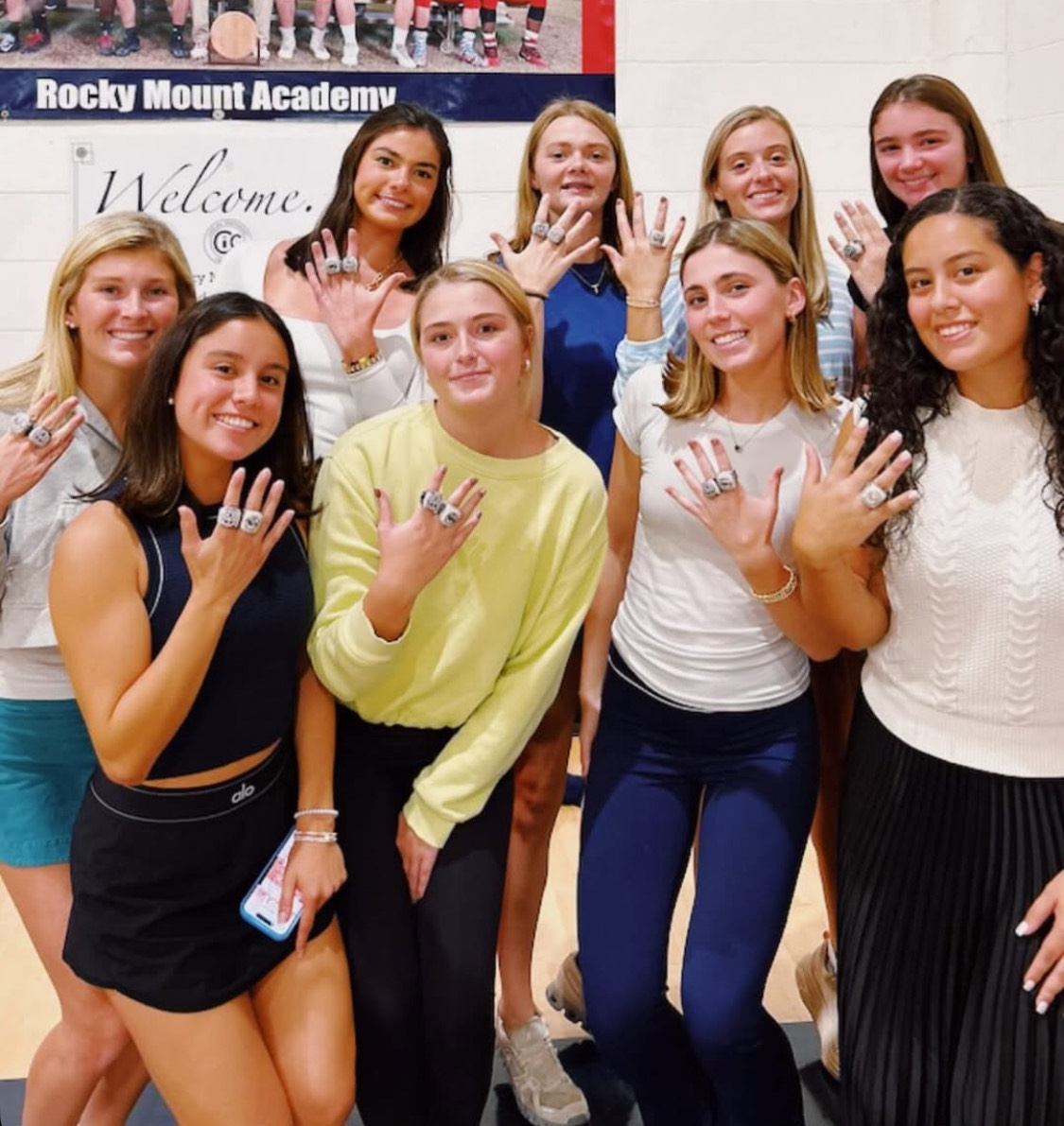Almost everyone has heard his name in history class or seen his face on Mount Rushmore, but few people know that Theodore Roosevelt (1858-1919), also known as Teddy, was more than “just” a president; he had a life full of adventure before moving to the White House in 1901, which included an interest in nature and conservation.
Teddy grew up the son of a wealthy family in New York City. It was here young Teddy got his start in conservation when he began his own natural specimen collection–starting with a harbor seal found at the port in New York–at the ripe age of 8 years old. He then went on to collect more natural species, including live snapping turtles and stuffed finches to put in his “natural museum” in the attic of his family’s townhome. Despite finding his passion in nature, Roosevelt for a time focused on other pursuits–attending Harvard Law (which he dropped out of), venturing into politics, and starting a family–but returned to his old interest after experiencing the tragic death of his wife and mother on the same day. He then fled to the backcountry of North Dakota to hunt buffalo and ended up working on ranches and even became a deputy sheriff chasing fugitives. 
Roosevelt eventually returned to New York in 1886 where he served under President McKinley as US Navy Assistant Secretary but left his position to serve in the Spanish-American War. There he created and led a cavalry regiment called the “Rough Riders” and soon became famous for leading the infamous charge of San Juan Hill on horseback. Upon his arrival home, Theodore became governor of New York and later Vice President of the United States under McKinley, after whose assassination he became the 26th and youngest United States President.
Combining his career in politics with his passion for the environment, then-President Theodore Roosevelt got to work becoming the Founding Father of conservation that he is. He began by creating the United States Forest Service and established upwards of 150 national forests. According to the National Park Service, throughout his presidency, Roosevelt founded 51 federal bird reserves, 4 national game preserves, and 5 national parks. In total, he protected nearly 230 million acres of public lands; for reference, that’s more than Texas and Florida put together.
To add to his accomplishments (as if they aren’t impressive already!), he even created his own political party: the Bull Moose Party. Moments before giving a speech promoting the Bull Moose party and a third term in office, he was shot in the chest. Not only did he survive, but he also went on to give the 84-minute speech without medical attention until afterward. His speech famously read, “I don’t know whether you understand I have just been shot… but it takes more than that to kill a Bull Moose.”

After leaving the presidency, Roosevelt led a naturalist expedition in Africa to hunt and to undertake research for museums back in the States. In total, he brought back over 20,000 natural specimens. Finally getting the museum he dreamed of as a child, these items can still be found at the Smithsonian Museum in DC and the Museum of Natural History in New York. He then spent the rest of his retirement years chasing big game across the continent of North America. 
In today’s world, many people look past history and only care about the future, but without Roosevelt, much of this nation’s natural history and beauty would have been lost to time and the progress of man. Theodore Roosevelt paved the trail for modern-day conservation work at the executive level. It is hard to imagine what the United States would look like without his efforts.













